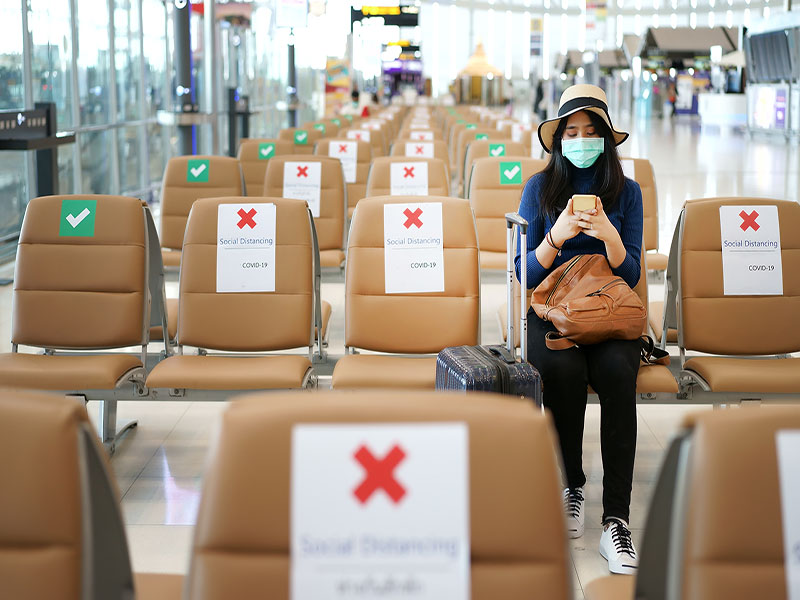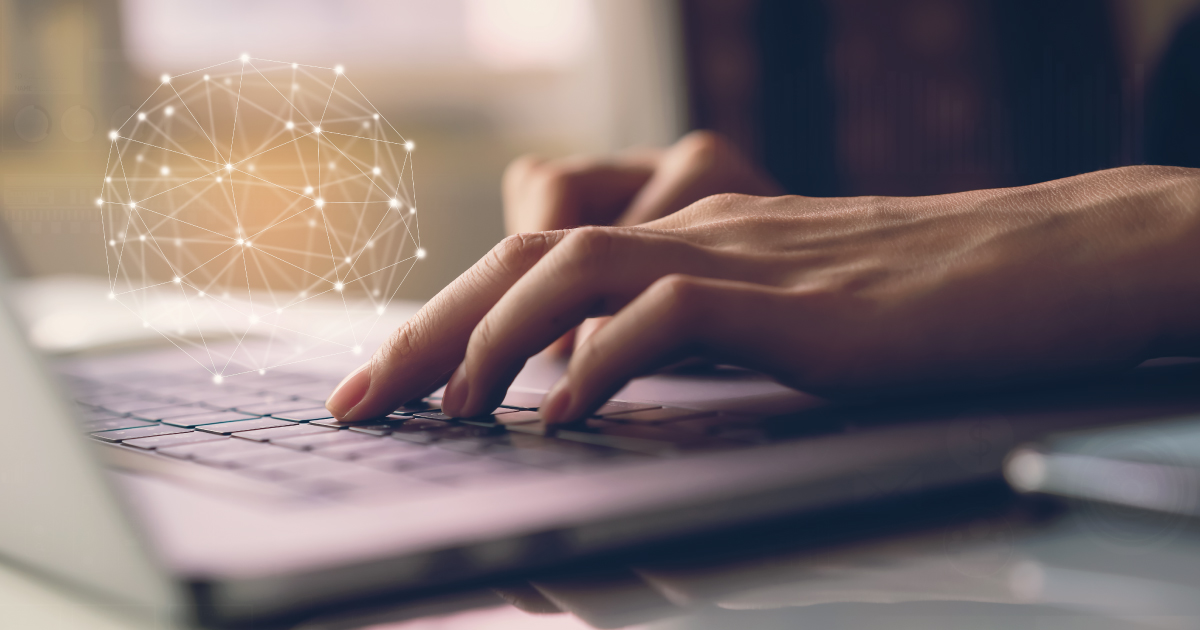HPE and SAP partner to deliver SAP/4 HANA with GreenLake cloud services
SAP Senior Vice President Clay Caldwell expects the new customer edition of SAP HANA Enterprise Cloud on Hewlett Packard Enterprise’s GreenLake cloud...

Nate Silver rose to fame for his statistical model that predicted performance for Major League Baseball players. Since then, he has used his analytic acumen to correctly predict the results of U.S. presidential elections in 2008 and 2012.
The founder and editor-in-chief of FiveThirtyEight recently spoke with DJ Paoni, president of SAP North America, about how data analytics can be applied to understand the COVID-19 crisis and its economic impact—as well as the upcoming U.S. elections. This talk was part of the SAPPHIRE NOW Reimagined digital event (watch the session here).
With inconsistent data collection methodologies and varied conclusions, Silver says that using data to understand the epidemic is complicated. “In the U.S., one piece of relatively unambiguous good news is that the number of deaths has been declining over the past several weeks. That’s good, obviously,” he said.
But nationwide the number of cases has plateaued, and that’s where things get tricky. “There’s maybe three to five states, like Arizona for example, where there’s a pretty clear increase,” Silver said. “There are another 20 states we could probably go debate different indicators pointing in different directions.”
To get a better handle on COVID-19’s presence at the state level, Silver thinks leaders need to be creative when building dashboards with early indicators. For example, if employers record employees’ digital temperatures, states can use that information to identify increasing fever outbreaks in a certain region. Other potential markers include an uptick of Google searches for COVID-19 symptoms or pinpointing why people visit the emergency room.
But data quality remains an issue. There can be a lag time in collecting data of up to two weeks—and every state has different systems for collecting information from its many counties and hospitals.
To help separate the “noise” from real data points, Silver recommends that states adopt streamlined and consistent methods to track indicators, gather data, and interpret the numbers. Without that, he says, “Any conclusions you might draw might potentially be way off.”
Additionally, authorities need to spend more time cleaning data sets. “That’s really 90 percent of the work. If you’re building from a faulty foundation, then you begin to have problems,” he said.
With 40 million Americans out of work and the stock market fluctuating daily, there’s no clear consensus on what the future holds for the economy. According to Silver, it’s difficult to accurately forecast the economy because “We’re flying blind.” Reliable economic data spans the period from World War II onward, long after the 1919
Spanish Influenza epidemic— the only modern correlate from a public health perspective.
To help predict the long-, mid- and short-term economic effects, Silver says it’s important to consider new metrics and models. “Usually I’m the guy who would say, ‘Hey, 98 percent of the time, trust your model.’ But if you haven’t trained the model on data that involves a pandemic, then that model might not be terribly useful really, and may even mislead you.”
For example, Silver reports that researchers are using dinner reservation metrics from apps like OpenTable as a proxy to understand how people are returning to normal activities. Some economists also track how many people take commercial flights now compared with March and April.
Predicting the election results in November will be particularly challenging. “The economy is both fluctuating a lot and highly uncertain, which is going to add uncertainty and volatility to the outcome,” Silver said. “You can imagine a world in which you do have a V-shape recovery. You can imagine a world where the second wave hits and things get very bad again in the fall.”
Silver points out that as states shift to voting by mail, it may delay results—as could potential litigation.
Moving forward, as sports start to open up, Silver will apply his statistical models to see how the pandemic impacts players and game outcomes. He has already discovered with no fans, there’s no advantage to playing at home versus away. But we’ll need to wait until the ninth inning for other insights.

SAP Senior Vice President Clay Caldwell expects the new customer edition of SAP HANA Enterprise Cloud on Hewlett Packard Enterprise’s GreenLake cloud...

The world has changed the way educational institutions look at fiscal automation and support. In addition to balancing hybrid workforces and keeping...

Human resource departments have ever-expandingresponsibilities and priorities amid the pandemic. Yet, investing in Human Resources (HR) is a task...